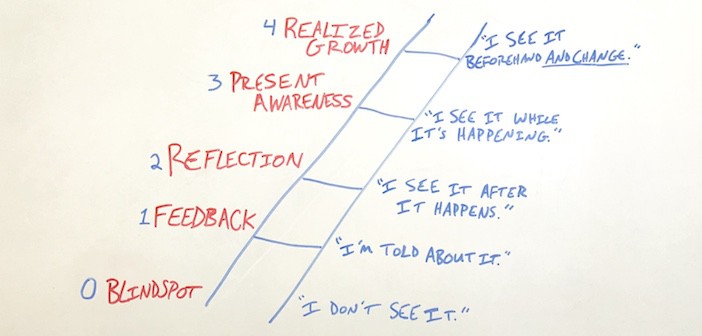Over the years, I’ve had the opportunity to visit a wide variety of churches. Having led Guest Services in the past, I always enjoy getting to experience a church from the “other side.” While nearly every church goes out of its way to be welcoming, several also have gaps of which they seem to be unaware. I can imagine their leaders wondering, “After all this effort, why do we still struggle to connect first-time guests?” It’s likely that they’ve failed to identify one fatal flaw.
Most Guest Services strategies were designed by leaders who haven’t been guests in years. They know what visiting a church involves but they forget how it feels.
Believe it or not, the U.S. Dept. of Veterans Affairs recently evaluated and redesigned their own service strategy. They started with a common flow chart to map the process. But what they did next went far deeper than than most organizations ever venture.
They focused on the emotions each moment created within their guests.
It is a common belief that guests form their opinion about your church within the first seven minutes. There’s no doubt, their decision is largely driven by emotion. Yet most church leaders stop at recruiting teams and building systems. They don’t ever put feelings to the strategies they develop.
Are you ready to evaluate the emotions your church creates within guests? The following 5-step exercise can help you do just that.
TEAM EXERCISE: CONNECTING WITH GUESTS EVERY STEP OF THE WAY
Who to Involve: Guest Services staff, volunteer leaders, and a few recent first-time guests if possible
Time Required: 60-90 minutes depending on your team
Purpose: Identify opportunities to better connect with guests and lead them to fully engage with your church.
Process: Evaluate the emotional connections created throughout your Guest Services strategy.
Step 1: Identify the Big Steps
Take time to identify the 3-5 big steps that each guest experiences. For my example, I’m using Connecting, Attending, Exiting, and Follow-Up. Your team should come up with personalized categories.
Step 2: Chart Each Step of the Guest Experience
Identify and map out each small step a guest experiences from the moment they arrive to the moment they leave. My example below is basic. Every time I’ve done this with a team, they discover more steps than they anticipated.

Step 3: Define the Desired Emotions
Now lead your team to think deeper than what your guests do. What are the key emotions you hope they feel during each portion of their visit? Don’t rush to quick answers here. Take time to see the process from your guests’ perspective.
Step 4: Rate Every Guest Touch Point
Each individual step you listed is a touch point your guests experiences. Rate the current effectiveness of each step based on two insightful questions:
- What emotions might our guests actually feel in this moment?
- Are we doing everything we can to create the best possible experience in this moment?
For each step, color the box green, red, or yellow. Green indicates that you’re creating the best possible experience in that moment. Red indicates that you recognize it could be better. Yellow suggests that you are unsure and want to look into it further.

Step 5: Develop Action Items
Evaluation without action is simply a waste of time. Refuse to end this exercise until you have set action items that address each of your red and yellow touch points. These are your greatest opportunities to improve the experience and better connect your guests with your church.
As you continue evaluating your Guest Services strategy, here are a four additional questions to help you think beyond the boxes:
- Are we providing personal connections without being overbearing?
- Are we collecting information in a way that is both effective and relational?
- Does our worship service create a safe and engaging environment for people who do not yet share our beliefs?
- Are we just as intentional with the last 7 minutes as we are with the first 7 minutes?
You can actually use this exercise to evaluate any ministry in which you are connecting people. Small group registrations and volunteer recruitment are common examples. Regardless of where and how you use it, be relentless about seeing and feeling each moment through the eyes of those you are connecting. Doing so will always reveal new opportunities to serve them better.



